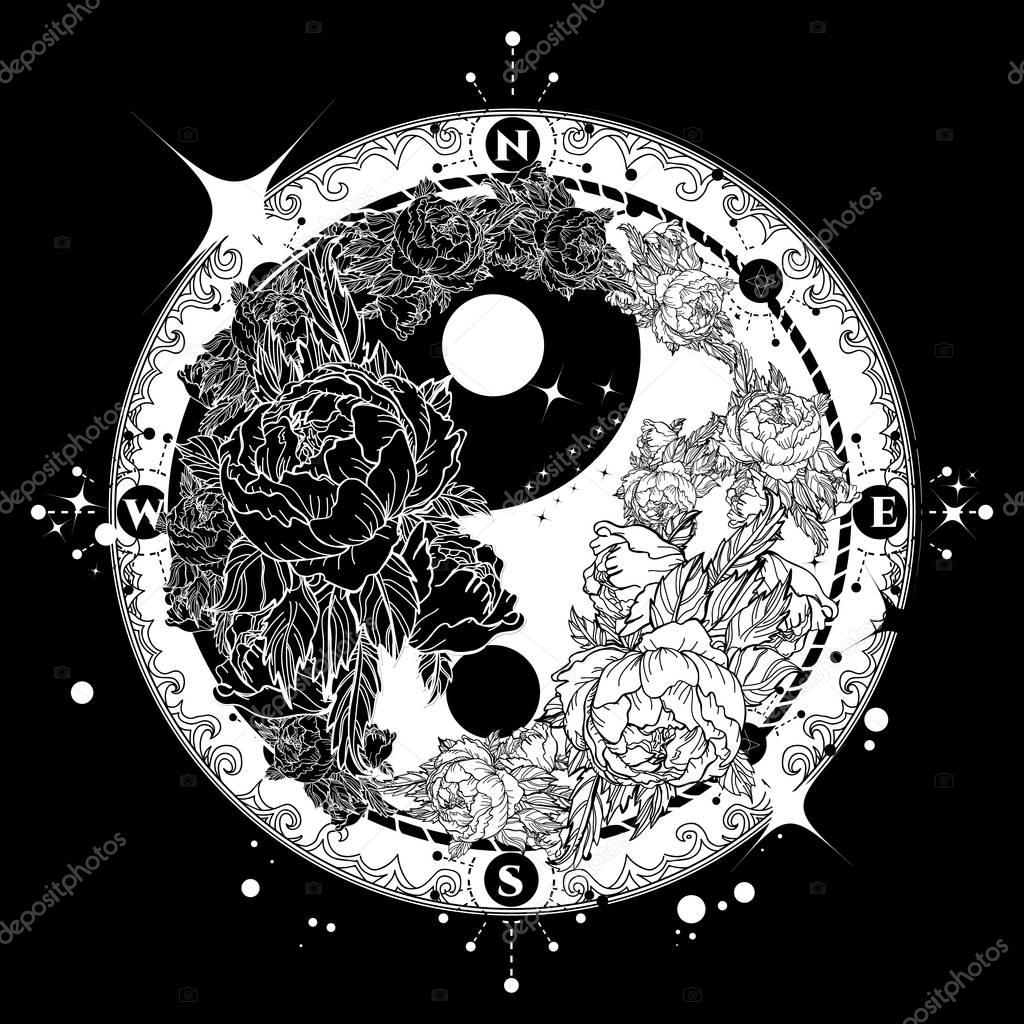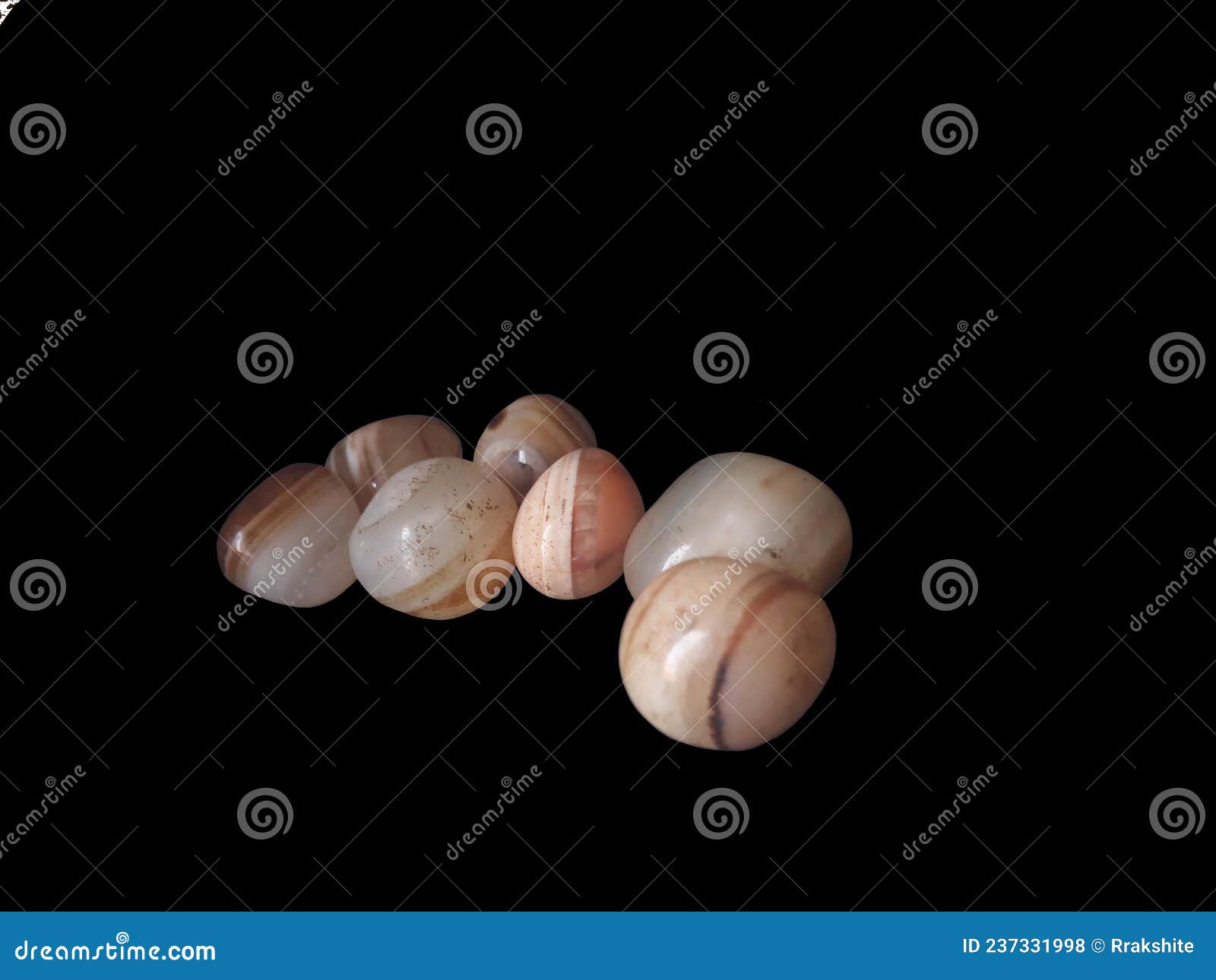

#Yon and yang how to#
Eventually, the balance of Yin and Yang may be reached.This paper investigates how to embrace an “either/and” logic, borrowed from the Yin-Yang epistemological system, to provide a different perspective to the entrepreneurial orientation (EO) research and reframe its paradoxes and dilemmas. Stem cells may differentiate into renal epithelium (transformation of Yang into Yin). In response to renal injury, stem cells may be mobilized or stimulated to proliferate (a temporary increase of Yang). Eventually, repair/response to restore functional epithelium (an increase in Yin) including mesenchymal-to-epithelial transition (a decrease in Yang), create equilibrium with the Yang processes and help restore renal function and integrity ( Figure 1). In the adult kidney, when renal epithelium is injured, epithelial-to-mesenchymal transition (transformation of internal Yin into Yang) and inflammatory response (invasion of Yang from outside the kidney) lead to accumulation of fibroblasts and myofibroblasts and probable infiltration of lymphocytes, thus accumulating more Yang than necessary. On the basis of cellular behavior, stem cells are Yang and the niche Yin. At the cellular level, the physical presence of a cell is Yin and the function of a cell is Yang. Harmony of the mesenchymal and epithelial derivatives maintains normal kidney development and renal function.

The interaction of these two parties induces mesenchyme to differentiate into epithelium to form nephrons (transformation of Yang into Yin). When we consider the developing kidney (a modern medical term) as the One, the Yin is the invading epithelial cells from the ureteric bud the Yang is the metanephric mesenchyme.

It is of special note that Daoism emphasizes changes, so that anything we analyze is not a snapshot of something that has already happened rather wanwu is an ongoing process. Thus, the dynamic equilibrium of Yin and Yang forces/processes can maintain everything - be it the Oneness or an entity as big as the universe or as small as an atom - in a harmonious state ad infinitum. Yin and Yang cannot be simplified as good and evil or vice versa, which is a common misinterpretation of these Daoism concepts in the Western world. As a rule, Yin is shady, cold, passive, feminine, and still, and Yang is sunny, warm, active, masculine, and mobile.

When Yin reaches its apex, it turns into Yang, and vice versa. Yin and Yang are interdependent, capable of transforming into each other, and do not exclude each other. Yin and Yang conflict, complement, and coexist, as illustrated by the famous Taiji diagram ( Figure 1). Regardless of the different interpretations, it is commonly agreed that Dao produces Yin when it is still and Yang (the correct pronunciation is very close to ‘young’) when it moves.


 0 kommentar(er)
0 kommentar(er)
